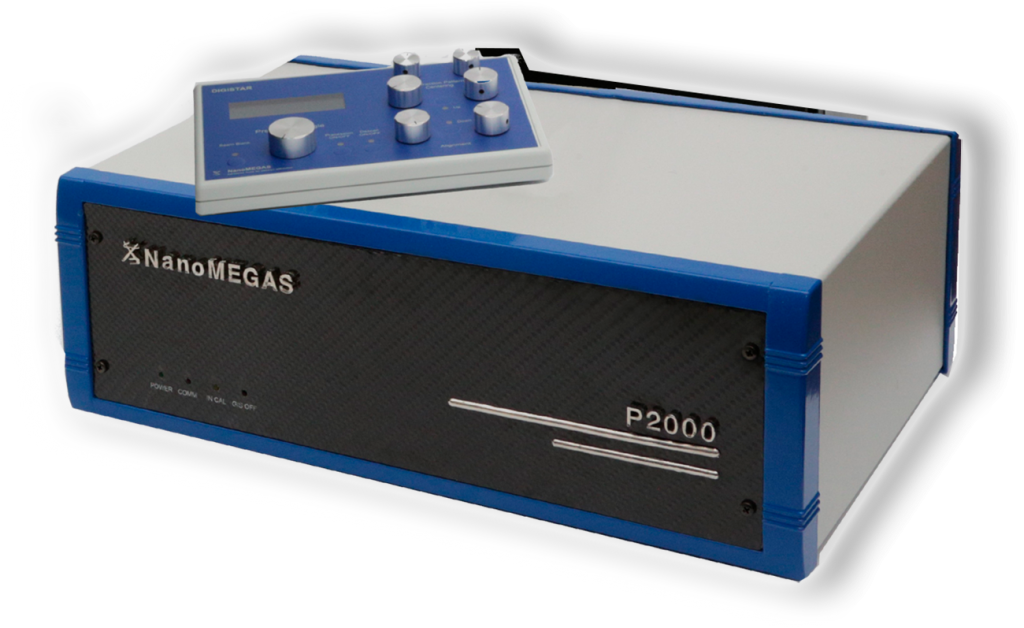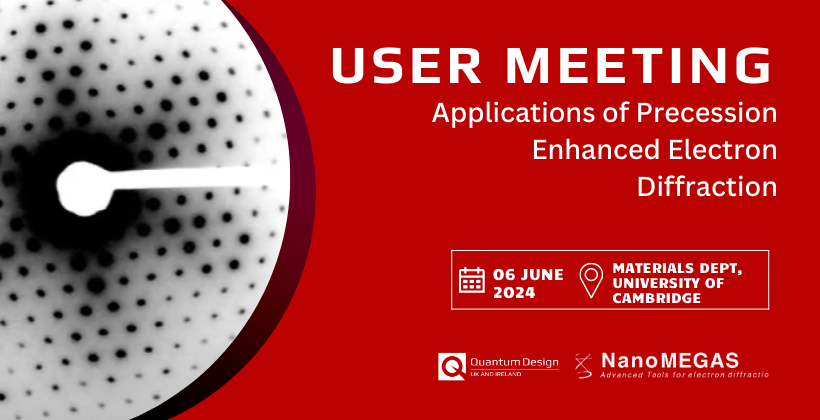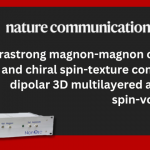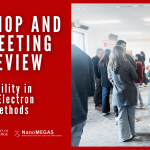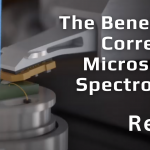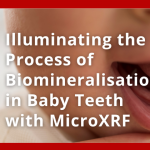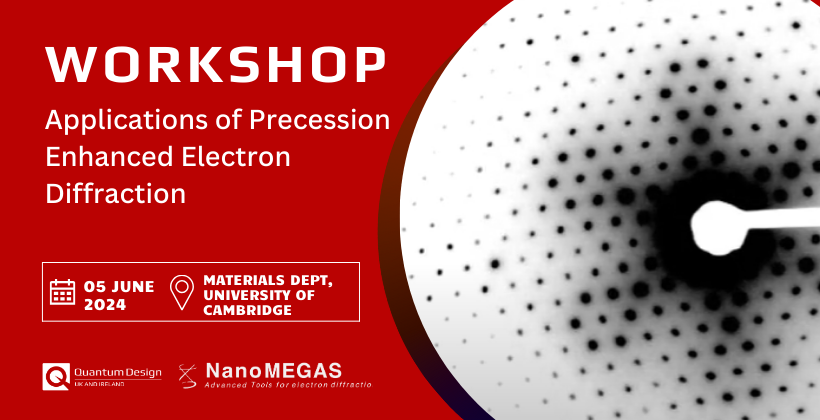

Applications of Precession Enhanced Electron Diffraction
NOW FULLY BOOKED
Date: June 5th, 2024
Venue: Materials Department, University of Cambridge, Charles Babbage Road
Precession 30 years anniversary
Quantum Design and NanoMEGAS are excited to announce a special workshop celebrating the 30th anniversary of beam precession development in electron diffraction for Transmission Electron Microscopy (TEM). The event will take place at Cambridge University, where the pioneers in beam precession technology has significant impact in the field.
In 1994, Paul Midgley and Roger Vincent when in Bristol University, introduced beam precession technique and its benefits to the TEM scientific world. Almost a decade later, NanoMEGAS develop and commercialise a universal precession generator for every TEM in the market, enabling a wide range of applications. This breakthrough has enabled a wide range of applications, fostering significant advancements.
Still available…
If you have missed out on attending the NanoMEGAS workshop and are a user of the NanoMEGAS products, you are most welcome to attend our free user meeting the following day, 6 June. Please find more details on the links below…
Agenda
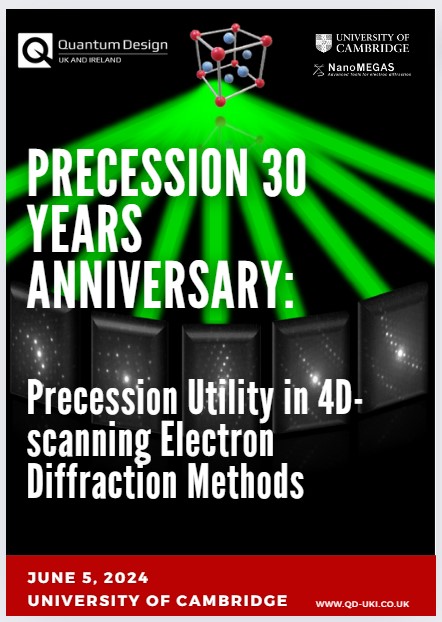

NanoMEGAS Workshop Agenda 2024
Discover what the attendees will be learning about at the workshop this year, the 30th anniversary.
Cambridge University and NanoMEGAS have been pivotal contributors on Precession ED applications, keeping the consistently and systematic development of novel applications and methodology improvements.
This workshop will bring together experts and researchers to explore the evolution and impact of beam precession over the past three decades. Through presentations and TEM demonstrations, we will delve into its fundamental principles, advanced applications, and future prospects.
We invite you to join us for this insightful event as we celebrate the achievements and advancements made possible by beam precession in TEM.
Testimonial from the 2022 NanoMEGAS Workshop…
“It was excellent to have the chance to connect with other users and potential users of the NanoMEGAS ASTAR/TopSpin scanning precession electron diffraction system. We are particularly interested in automated crystal orientation mapping, strain mapping, and electron crystallography. It was really good to see how others are using the NanoMEGAS systems and to see new systems being delivered via Quantum Design UK and Ireland.”
Dr. Ian MacLaren, Reader (Physics and Astronomy), Glasgow University
We are also holding a Users Meeting on 6th June. For more information please email Angela Carslake
Meet the Speakers
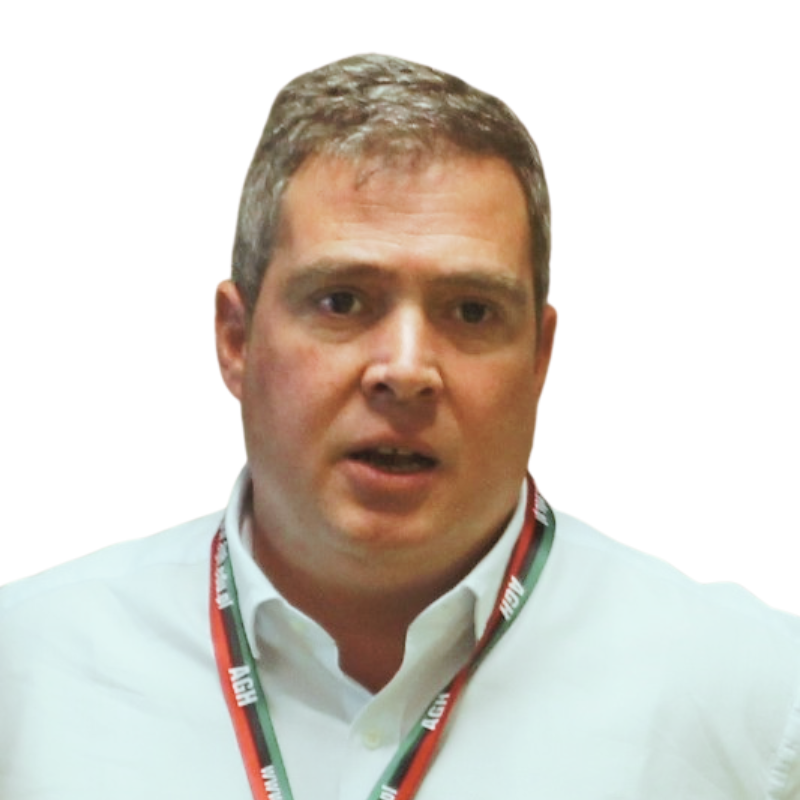

Thanos Galanis, Applications Specialist, NanoMEGAS


Any questions ahead of the event?
Get in touch with QDUKI’s Technical Director, Dr. Shayz Ikram on (01372) 378822 or email him here.
About NanoMEGAS
NanoMEGAS precession diffraction related instrumentation is present in more than 180 laboratories all over the world. Their novel digital DigiSTAR precession unit can be adapted to your commercial TEM (100-400 kV old as well as brand new) and combine with 3D diffraction tomography to solve nanocrystals structures, otherwise difficult to solve by conventional X-Ray diffraction techniques.
Beam precession into the ASTAR device provides orientation and phase maps at 1-3 nm resolution (FEG-TEM) for a variety of materials (metals, semiconductors, oxides etc..) without any need of particular specimen preparation. Precession diffraction can be also very useful to obtain STRAIN maps at 2-4 nm resolution with FEG-TEM (sensitivity < 2 x 10-4) , providing extremely important information for materials scientists. Precession diffraction is also useful to enhance /optimise EELS / EDS spectra and allow to have better data.
About Quantum Design
Quantum Design UK and Ireland is part of the Quantum Design International (QDI) group. QDI is a global laboratory equipment manufacturer. The company distributes scientific and industrial instrumentation through an international network, with subsidiaries in every major technological centre around the world. QDI’s success in distributing scientific products comes from more than 30 years’ experience in manufacturing and distributing its own industry-leading materials characterisation systems.
About Precession Electron Diffraction
Precession Electron Diffraction (PED) is a specialised method to collect electron diffraction patterns in a transmission electron microscope (TEM). By rotating (precessing) a tilted incident electron beam around the central axis of the microscope, a PED pattern is formed by integration over a collection of diffraction conditions. This produces a quasi-kinematical diffraction pattern that is more suitable as input into direct methods algorithms to determine the crystal structure of the sample.
Applications
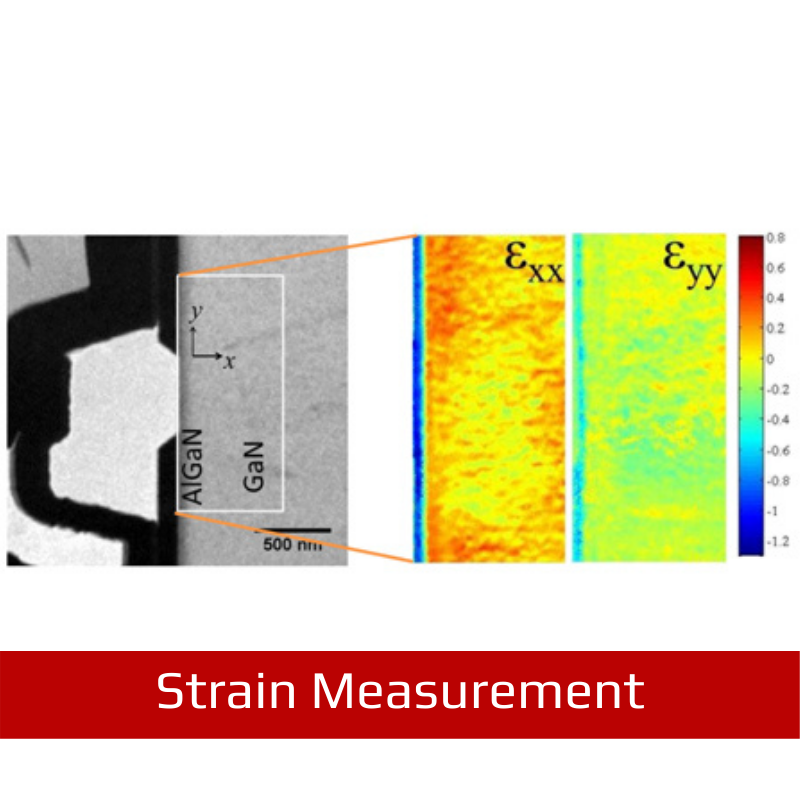

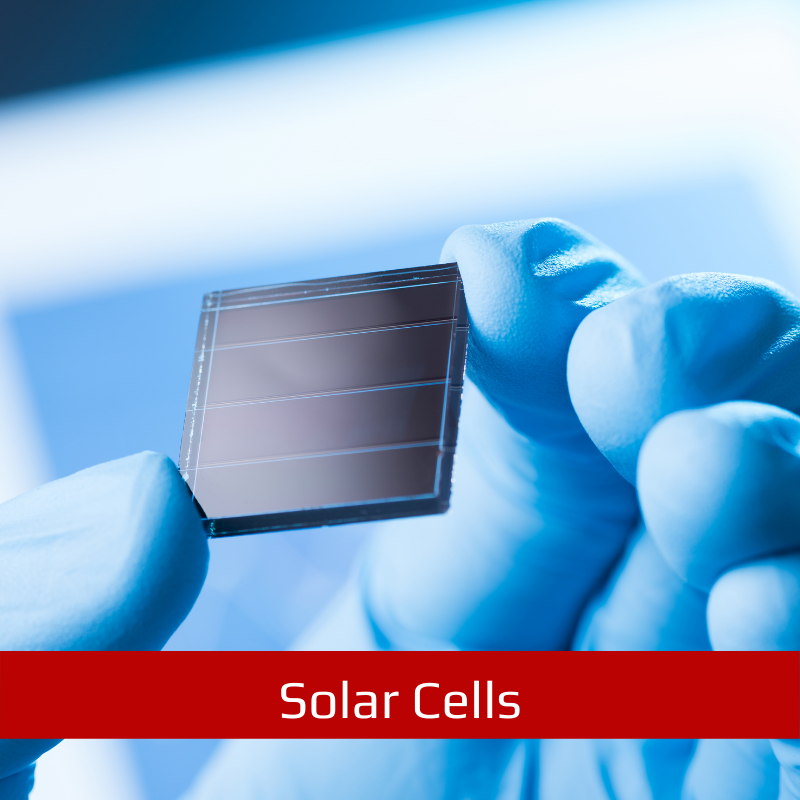

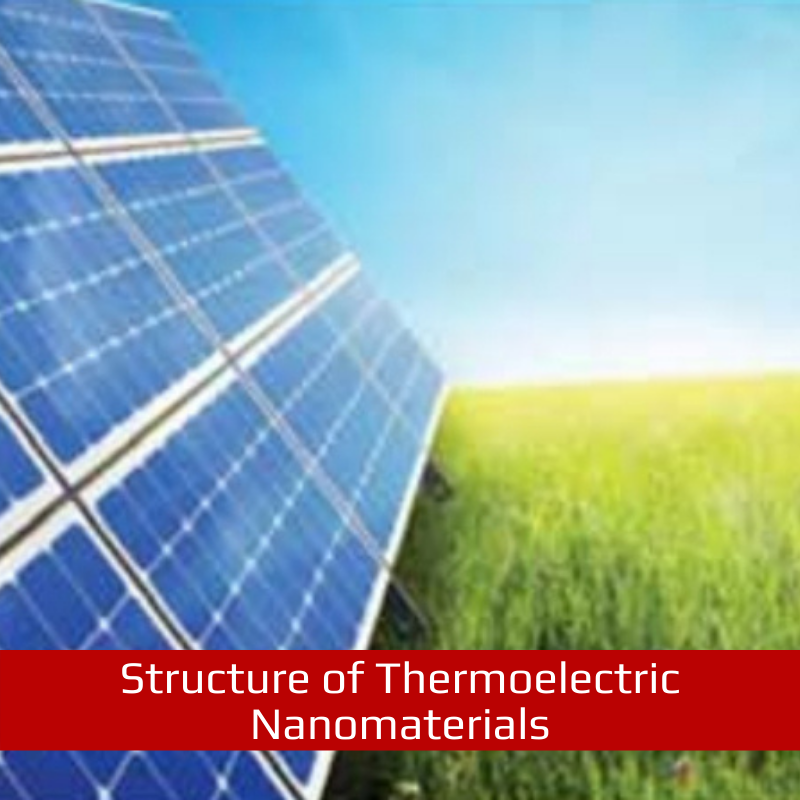

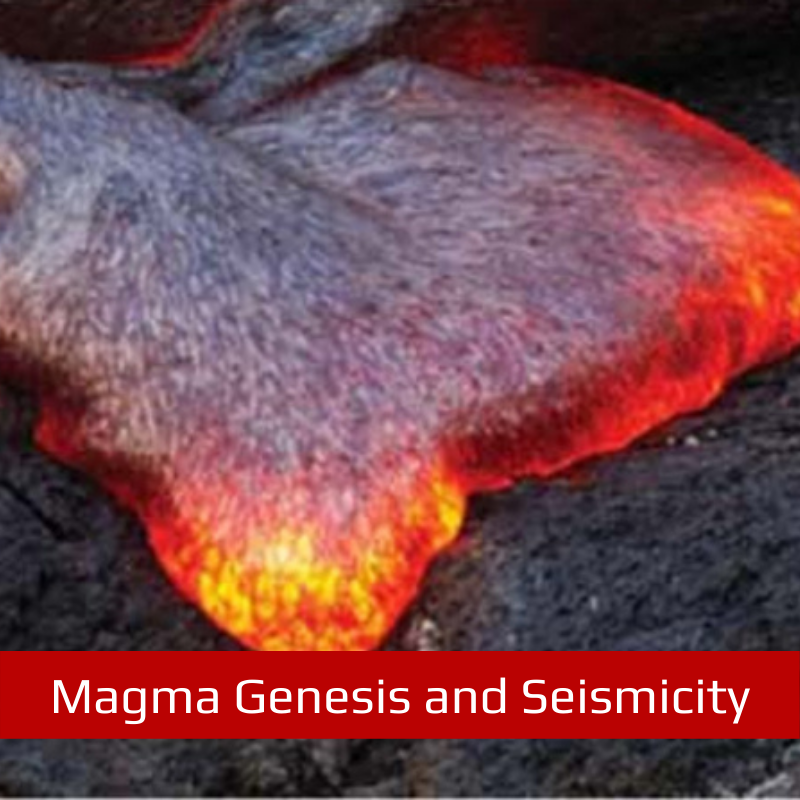

Quantum Design UK and Ireland (QDUKI) reserves the right to use any photograph/video taken at any QDUKI event without the expressed written permission of those included within the photograph/video. We will not, however, use identifying information such as names or company/institution without your permission.



